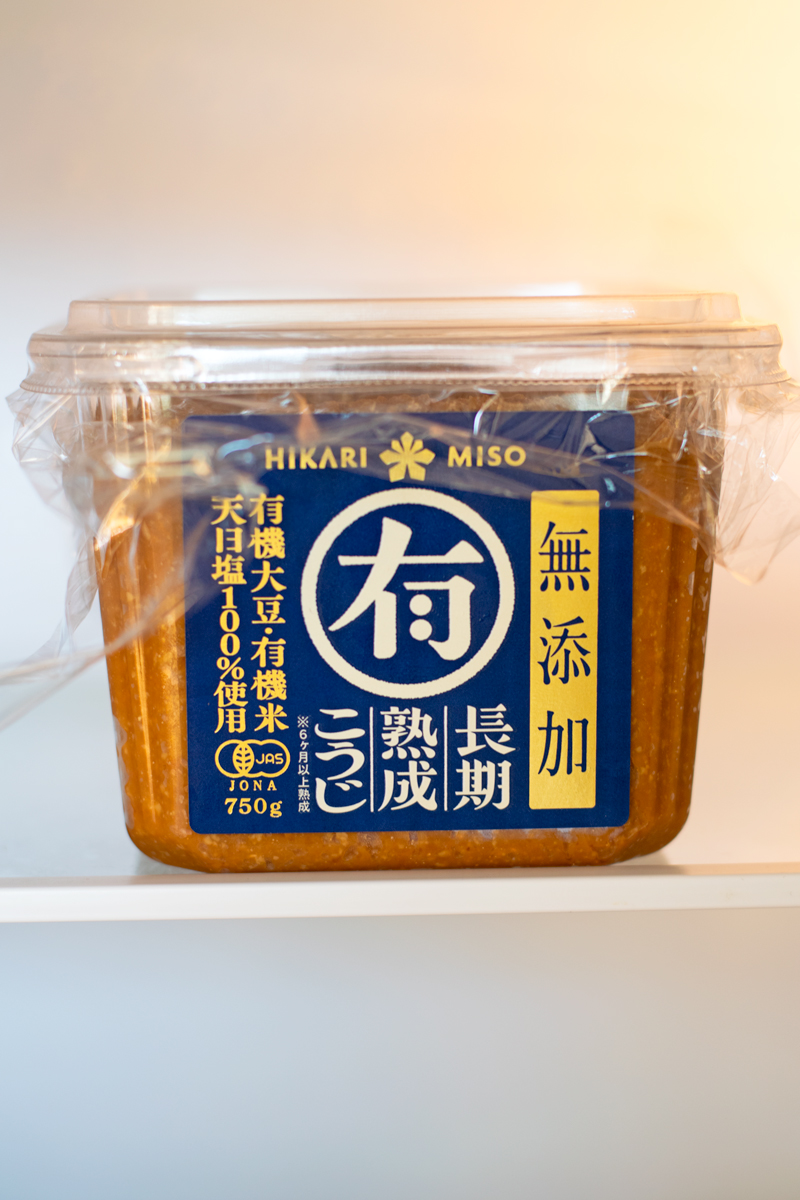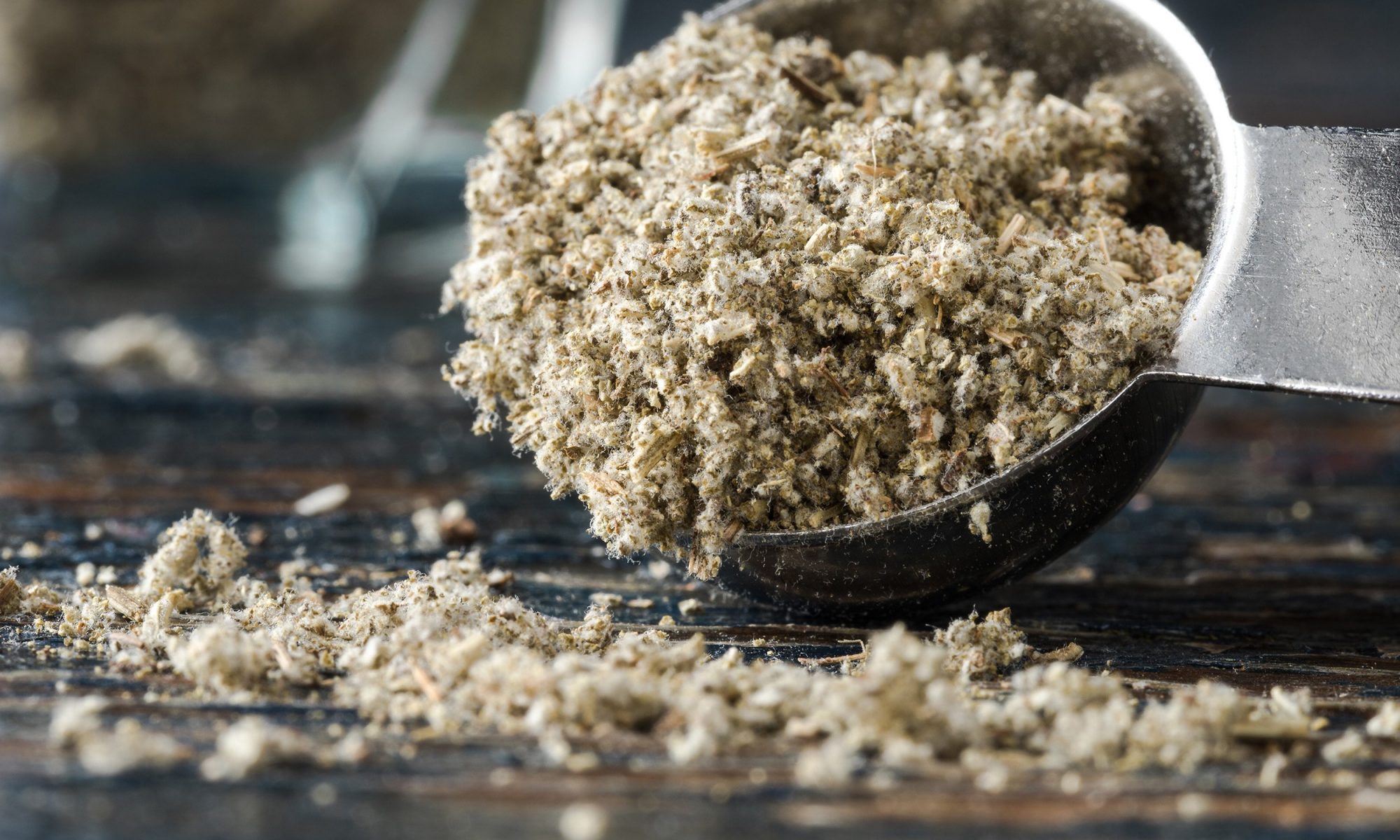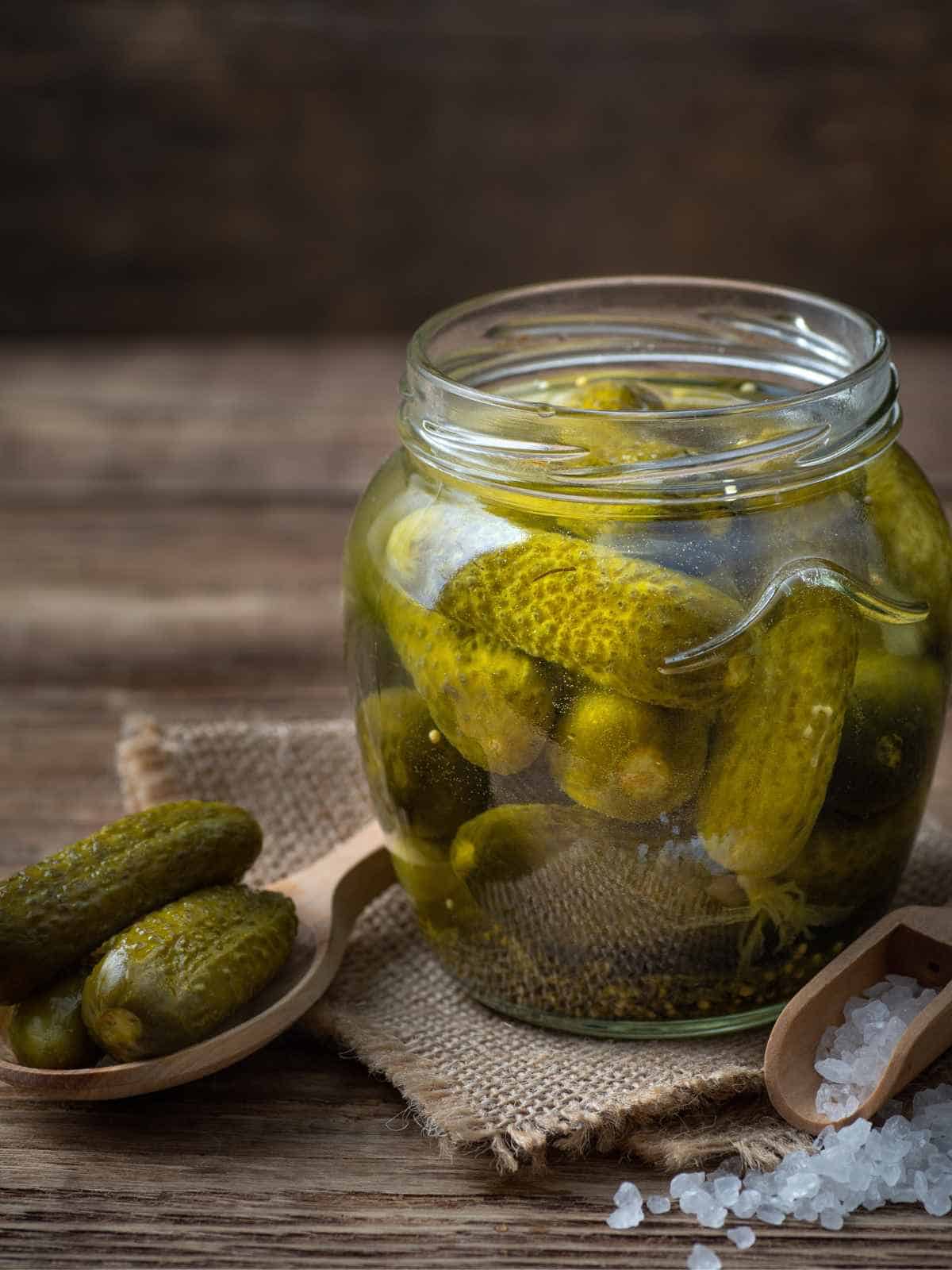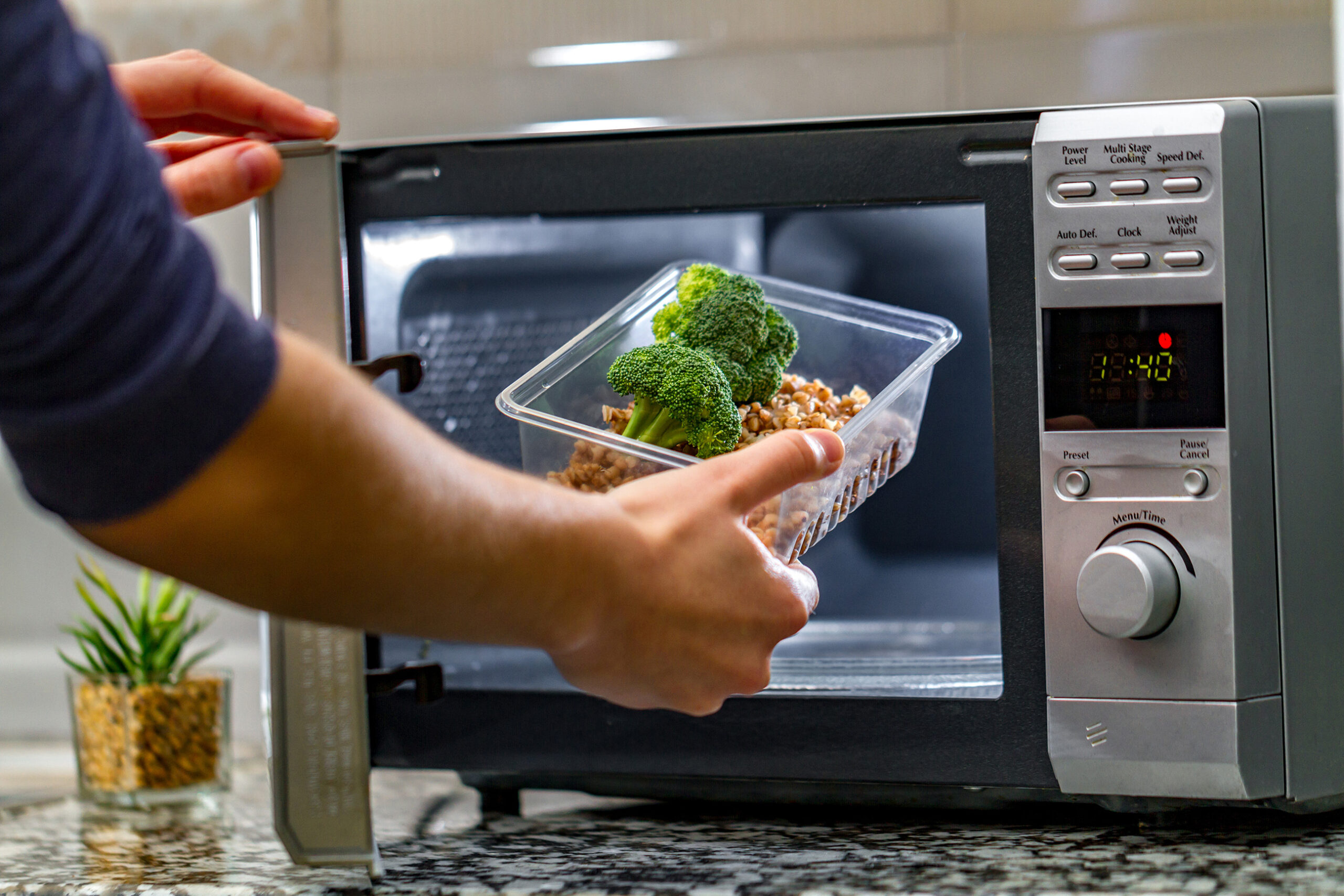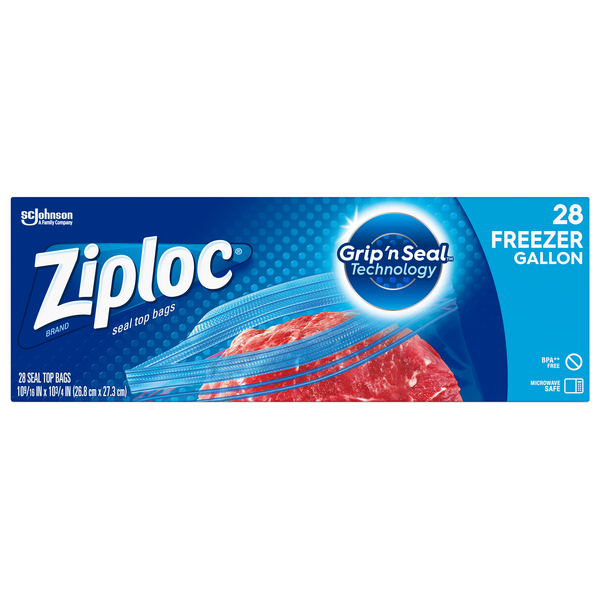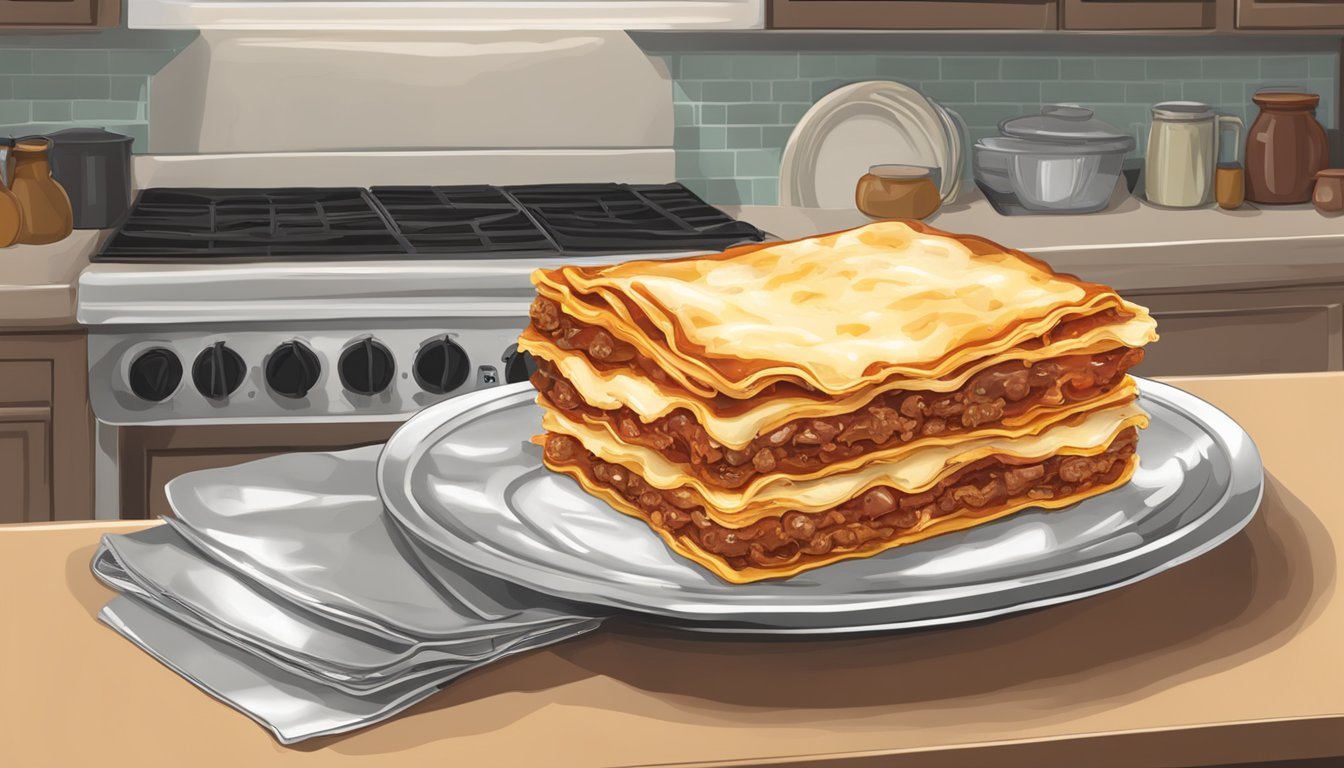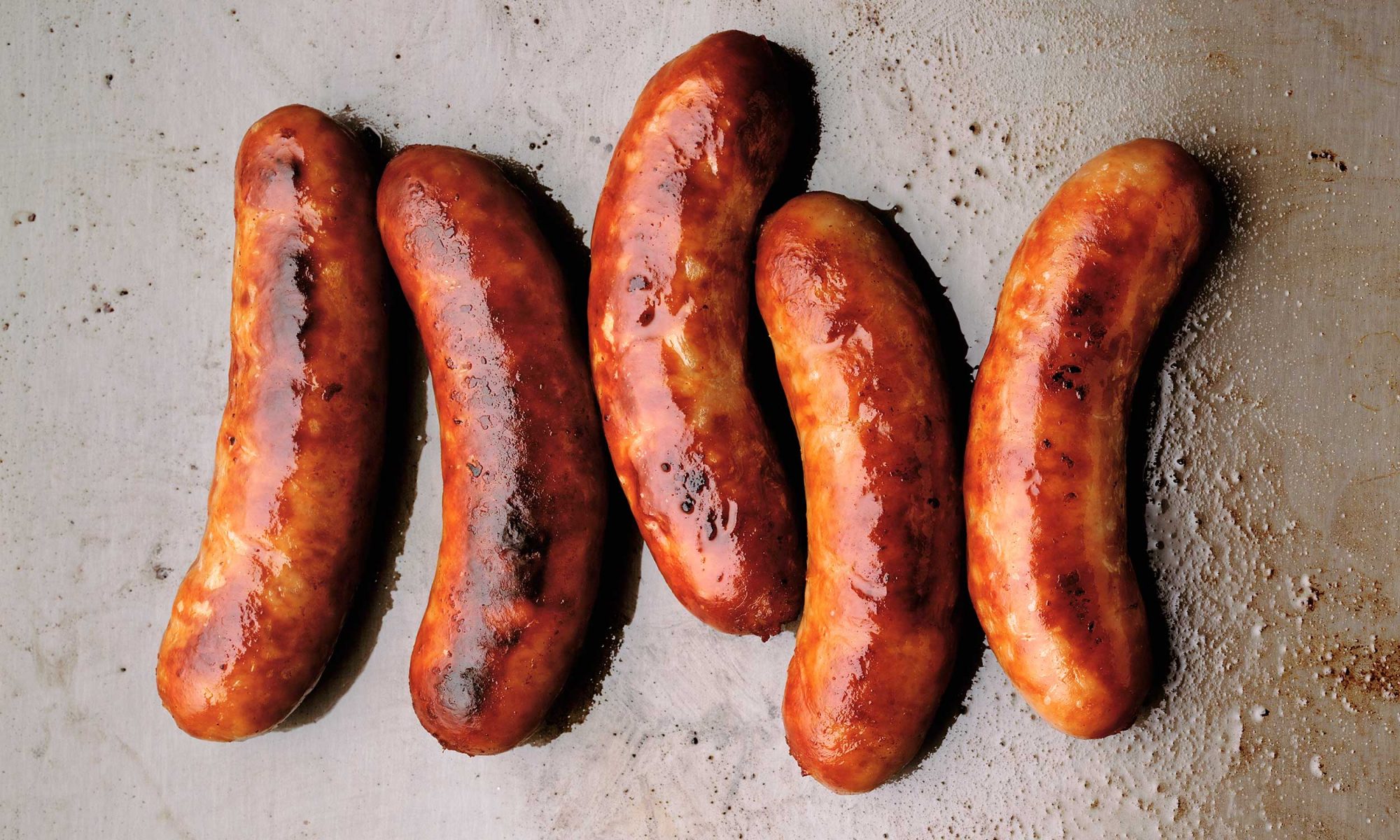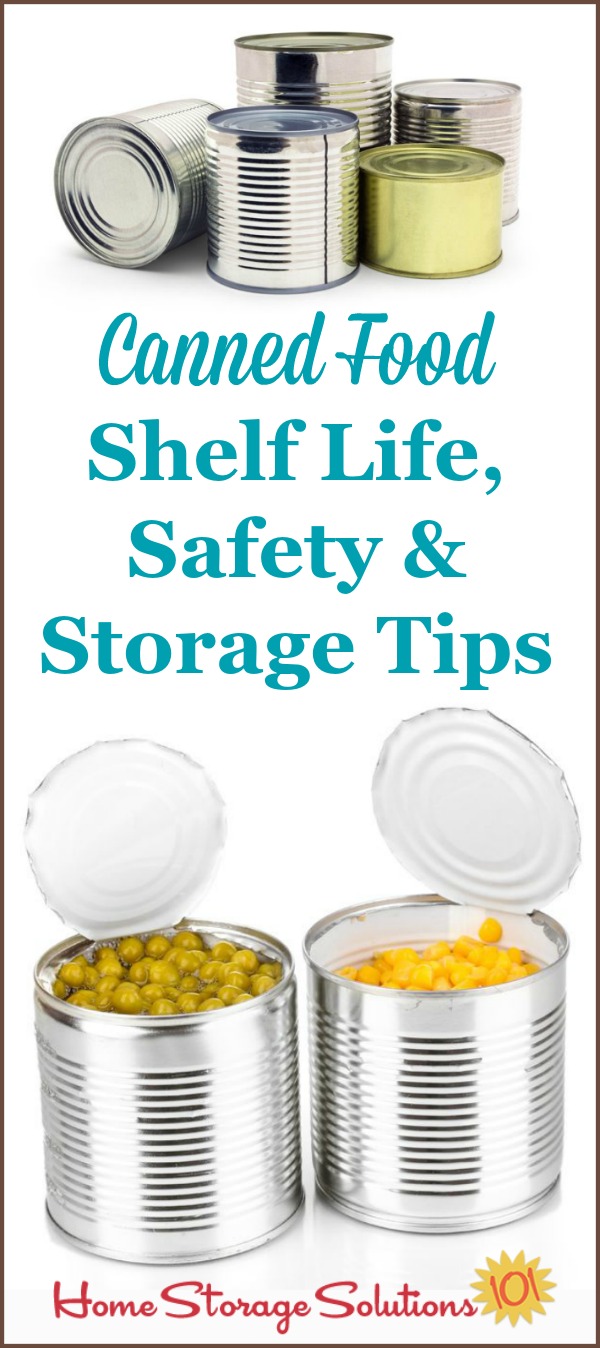How Long Is Ground Turkey Good in the Fridge? Essential Storage Tips to Ensure Freshness
– Ground turkey typically lasts in the fridge for 2 to 3 days past its use-by date.
– Cooked ground turkey can last up to 4 days in the fridge.
– Frozen ground turkey remains safe to eat indefinitely if stored properly, but it’s recommended to thaw and cook it within 4 months of freezing.
– Fresh ground turkey should be stored in the original packaging or an airtight container in the fridge below 40°F.
– Leaving ground turkey at room temperature for over 2 hours between 40°F and 140°F is unsafe.
– Thawed ground turkey can last an extra day or two if thawed in the fridge.
– Thawing in the microwave is the fastest method but requires immediate cooking.
– Thawing in cold water takes about 30 minutes and should also be cooked immediately.
– Spoiled ground turkey can cause health problems such as food poisoning.
– The smell of the meat can indicate if it has gone bad.
– Changes in color, such as turning grey or the presence of green or blue spots, indicate that the turkey has gone moldy.
– Checking the texture by poking the turkey and feeling for stickiness or sliminess can also help determine its safety.
– Ground turkey is safe to eat for up to four days in the fridge.
– Ground beef can last up to six days in the fridge.
– Storing ground turkey on the bottom shelf and in the coldest part of the fridge can help prolong its shelf life.
– Keeping the fridge temperature below 40°F is important to slow down bacteria growth.
– Leaving ground turkey in its original sealed packaging or placing it in a plastic produce bag can reduce cross-contamination.
– Ground turkey should be stored in an airtight container or wrapped tightly with food-grade plastic wrap if it won’t be used within a day or two.
– Signs that ground turkey has gone bad include an unpleasant odor and changes in appearance, such as discoloration or sliminess.
– Ground turkey should be light pink or beige; the color becomes dull over time.
– Ground turkey with brown, gray, yellow, or green color should be discarded.
– Visible mold on ground turkey means it should be thrown away.
– If the ground turkey feels slimy, sticky, or dry, it should be discarded.
– Off-flavor in cooked ground turkey indicates spoilage, and it’s better to spit it out.
– Eating spoiled ground turkey may cause foodborne illness with symptoms like vomiting, nausea, and diarrhea.
– Proper storage is important to prevent ground turkey from going bad quickly.
– Ground turkey should be stored in the freezer if not used within a day or two and consumed within three to four months.
– Discoloration, foul smell, or slimy appearance indicates ground turkey is not safe to consume.

